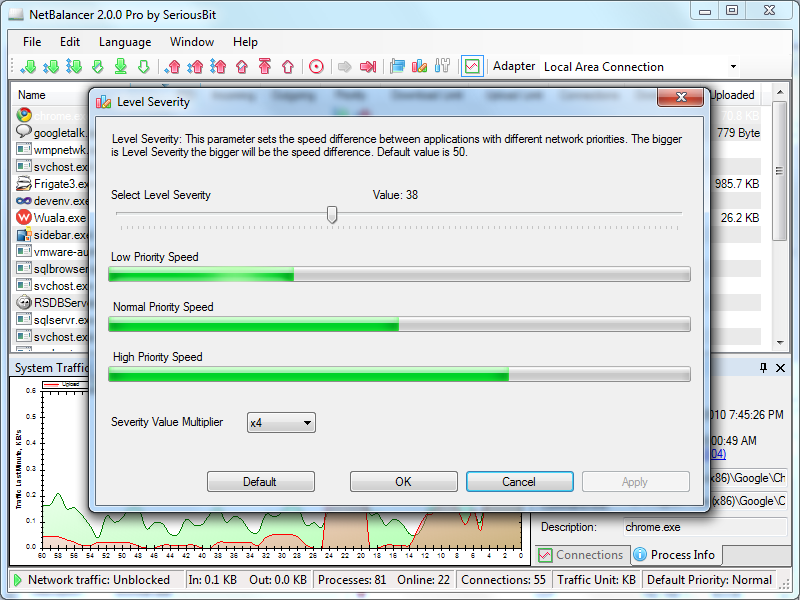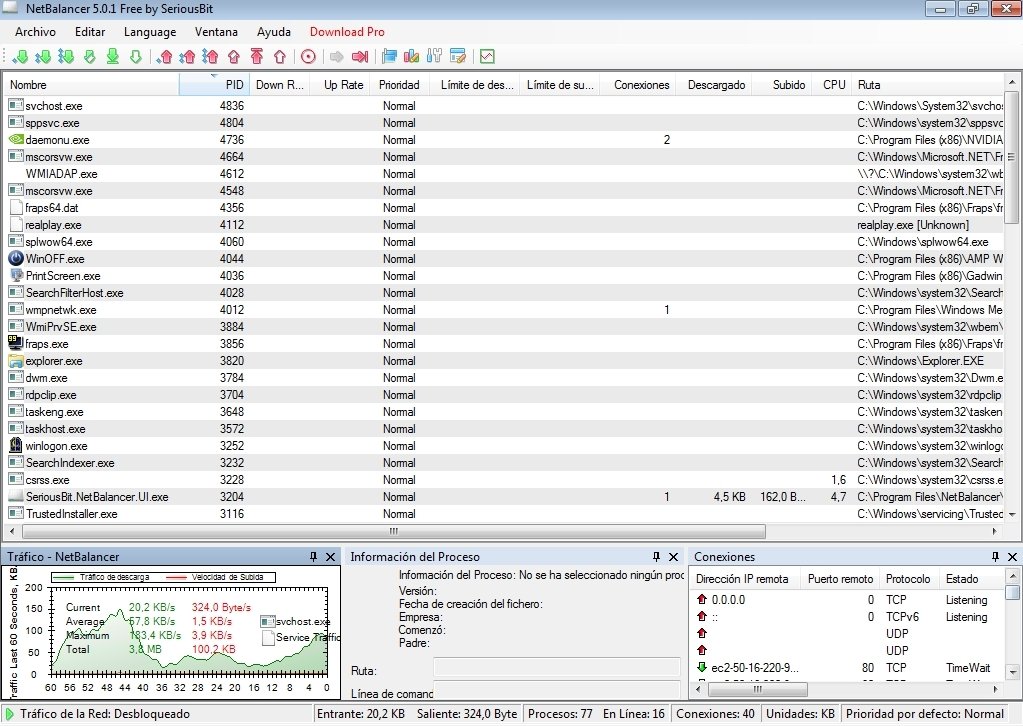


If this solution is too drastic for you, then consider deleting all Windows events logs on a regular basis. However, in normal life you really won’t miss the logging at all. Also, after a crash, you won’t be able to use your event logs to look for the possible cause of the crash. Like, when you want to use some analyzer program that needs Windows event logs to gather its data (example: some Nirsoft utilities will remain blank if your event logs are empty). No major problems at all! However, depending from your situation, you might encounter a few minor problems. Windows will run just as fine with the Event Log disabled. Should you want to disable the logging service permanently, in the same Services window right-click on the Event Log service, open Properties, and in the “Startup type” dropdown list select “Disabled”. The logging will stop now, but it will recommence automatically again the next time you start Windows. Once you’ve selected this Event Log service, click “Stop the service” in the top-left corner of the window. Normally, in the Status column, this will be listed as “Running”.

This means that you will get a full network activity history even if you never configured Windows 10 to provide you with those information or even opened the interface that highlights the information.Ī crude but simple and effective way to stop nearly all Windows logging in one stroke is this: open the Windows Services screen (run services.msc) and find the entry “Windows Event Log”. Windows logs the information automatically even if users of the system don't make use of it. Microsoft built a solution right into its Windows 10 operating system that is good for a quick overview of what is going on as it reveals network activity for all apps and programs that ran on the computer in the past 30-days. While you can use all sorts of programs for that, from the built-in Windows Firewall which reveals if a program requests Internet connection access over third-party solutions like the excellent NetBalancer, Networx or Free Process-Traffic Monitor to hardware-based solutions. Monitoring network activity can be a complicated, tedious process, but it is also essential in finding out which programs connect to the Internet, and how much data they upload or download in the process.


 0 kommentar(er)
0 kommentar(er)
